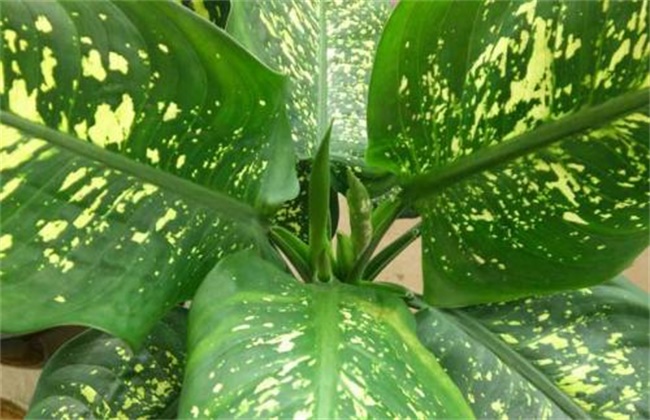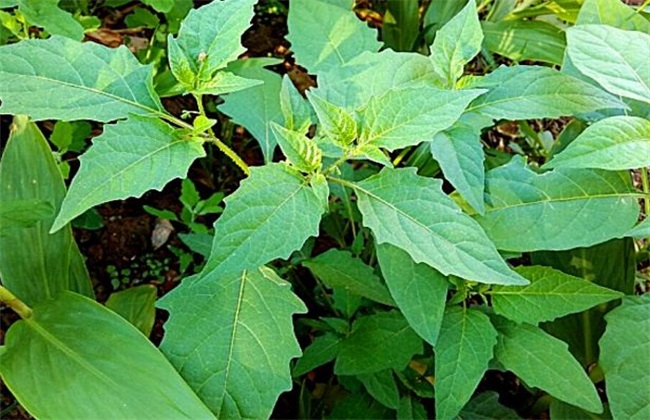Requirements of Rehmannia glutinosa on growth environment
Rehmannia glutinosa is a famous medicinal material and belongs to the genus of Scrophulariaceae. It is often wild on the slopes of the middle and low elevations, and can sometimes be seen by the roadside. In fact, its underground root is yellow and white, so it is called Rehmannia glutinosa. Rehmannia glutinosa specific growth environment is what, only know that the wall will also have its figure. So this kind of Rehmannia glutinosa must be a plant that adapts to the environment.

1. Environment
It is mainly distributed in the north, Henan, Hebei, Liaoning, Inner Mongolia, Shaanxi and Gansu in the northwest, Jiangsu in the south and Hubei in the middle. Some other areas may also exist, just a large distribution. Often grow on the hillside, the more barren mountains, the more they grow. It is possible to grow by the side of the road or by the wall on the flat ground.
2. Soil
Mainly like to grow on fertile sandy loam, this kind of soil is loose and permeable, does not accumulate water, and is suitable for underground root expansion. The clay is impervious, the loess is barren and acidic. Rice fields are so sticky that they are not suitable for planting Rehmannia glutinosa. The land at the foot of the mountain where corn and soybeans are grown is very suitable for planting Rehmannia glutinosa. But the soil that is too dry, without water, and watered into mud soup is not suitable.
3. Lighting
Sun-loving plants must receive sufficient light, and there should be no tall trees and plants to block the sun during their growth. Do not tolerate shade, big forests, woods, shrubs will not grow, generally grow in the grass on the sunny hillside. Or in the green grass. The general light is acceptable, and the strong summer light is not affected.
4. Temperature
Need to reach a certain temperature to germinate, a lower than 10 degrees, can not germinate. To sprout above 12 degrees, the emergence of seedlings needs to last above 12 degrees for about a month. April to May is the most suitable temperature for germination and growth in the south, about 20 to 28 degrees. The optimum temperature will shorten the time of germination and emergence.
5. Nutrition
Rehmannia glutinosa likes fertilizer and should be topdressing many times during the growth period, but topdressing increases the soil concentration and must be combined with watering to help absorb. However, the root system of Rehmannia glutinosa is very poor, afraid of flooding and drought, so it can be fertilized and watered many times in a small amount to keep fertilizer and moisture. Do not apply chemical fertilizer, use livestock fermentative fertilizer.
The primary environment of Rehmannia glutinosa is sunny hillside at middle and low altitude. According to its characteristics, its planting and growth environment is established. This will be targeted to provide a suitable environment. However, if the environment is limited, Rehmannia glutinosa is still very adaptable.
Related
- Fuxing push coffee new agricultural production and marketing class: lack of small-scale processing plants
- Jujube rice field leisure farm deep ploughing Yilan for five years to create a space for organic food and play
- Nongyu Farm-A trial of organic papaya for brave women with advanced technology
- Four points for attention in the prevention and control of diseases and insect pests of edible fungi
- How to add nutrient solution to Edible Fungi
- Is there any good way to control edible fungus mites?
- Open Inoculation Technology of Edible Fungi
- Is there any clever way to use fertilizer for edible fungus in winter?
- What agents are used to kill the pathogens of edible fungi in the mushroom shed?
- Rapid drying of Edible Fungi



